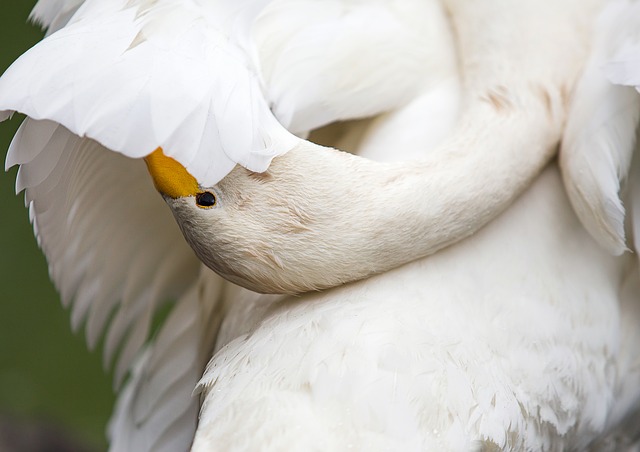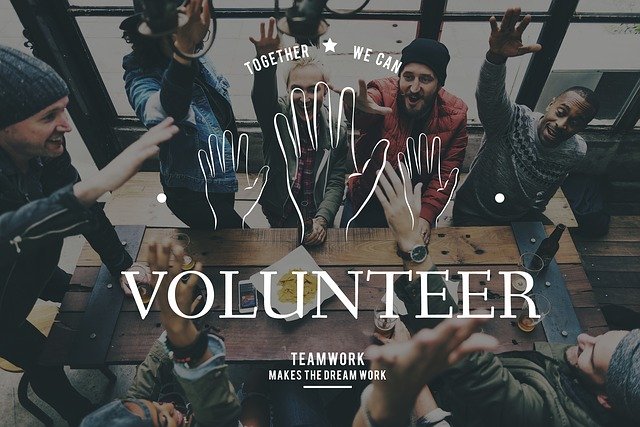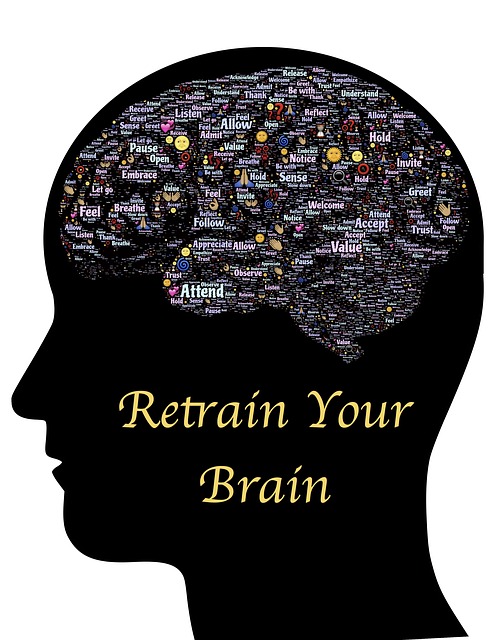In a previous post I offered a specific gratitude meditation presented by Diana Winston through the MARC weekly meditation podcasts. I also mentioned the practice of developing personal reminders to appreciate some aspect of your life – I mentioned in my case using mistakes in tennis (of which there are many) to savour the capacity to run, hit the ball and engage in social activity with friends. Here I would like to discuss different forms of meditation and mindfulness practices that can also assist in developing a deeper sense of gratitude that can increase our enjoyment of life and improve our relationships.
Gratitude meditations and mindfulness practices
Some of these meditations or practices can become part of your daily life or employed on a one-off basis. The important thing is to incorporate some form of gratitude practice on a regular basis because as Jon Kabat-Zin reminds us, “we become what we pay attention to”. So, focusing on gratitude makes us grateful. Here are some relevant meditations/practices:
- Loving-kindness meditation – this form of meditation can enable us to appreciate ourselves as we are (rather than wishing we were different) and the people who positively impact our lives. Jon Kabat-Zin provides an all-embracing loving-kindness meditation that extends also to people who may have hurt us and to whoever in the world is in need. Expressing kindness to others engenders appreciation for what we have.
- Journalling – there are many forms of gratitude journal that can be used as part of your mindfulness practice. Jason Marsh provides some sound, research-based tips for keeping a gratitude journal – including the benefit of regular, rather daily gratitude journalling. Ryder Carroll in his Bullet Journal Method (pp. 185-187) identifies ways to incorporate gratitude in his approach to journalling. Rick Hanson suggests that a gratitude journal can focus on three simple aspects of your life – things that I am grateful for, people that I appreciate and events that I value. Our journalling can also cover the people in our lives who have imparted their knowledge and experience as mentors, guides, parents, carers or coaches – in Aboriginal terms, it involves expressing appreciation for a Goondeen, a wise person who is a source of wisdom and understanding.
- Sharing your gratitude – Tara Brach suggests engaging a gratitude buddy to support your practice of expressing gratitude. She recommends developing the practice of regularly sharing your expressions of gratitude with one other person, e.g. by email or text. Your buddy can support your positive intentions through regular contact.
- Appreciating the moment – Nicole Bayes-Fleming offers meditations for “resting in the flow” (19 minutes) and savouring the moment through your senses (5 minutes). These gratitude practices help to displace harmful thoughts and to build appreciation for the simple things in life. Chris Walsh encourages the practice of mindful check-in, particularly during transitions in life, as a way to tap into the benefits of being grateful (including cultivating resilience).
- Developing sympathetic joy – this process replaces envy with valuing and rejoicing in the success of others. Johann Hari describes a form of loving-kindness meditation that can develop sympathetic joy by savouring the achievements of others as well your own.
- Somatic meditation – developing awareness of your body and bodily sensations. There are various forms of somatic meditation, e.g. lower-belly breathing and body scan. Somatic meditation has proven to be particularly powerful in developing gratitude in times of difficulty.
Reflection
As we grow in mindfulness, we can become aware of the many people and things in our life that we can be grateful for. Focusing regularly on these positive aspects of our daily life can displace negative thoughts and engender the many proven benefits of gratitude.
____________________________________________
Image by Susan Cipriano from Pixabay
By Ron Passfield – Copyright (Creative Commons license, Attribution–Non Commercial–No Derivatives)
Disclosure: If you purchase a product through this site, I may earn a commission which will help to pay for the site, the associated Meetup group and the resources to support the blog.









